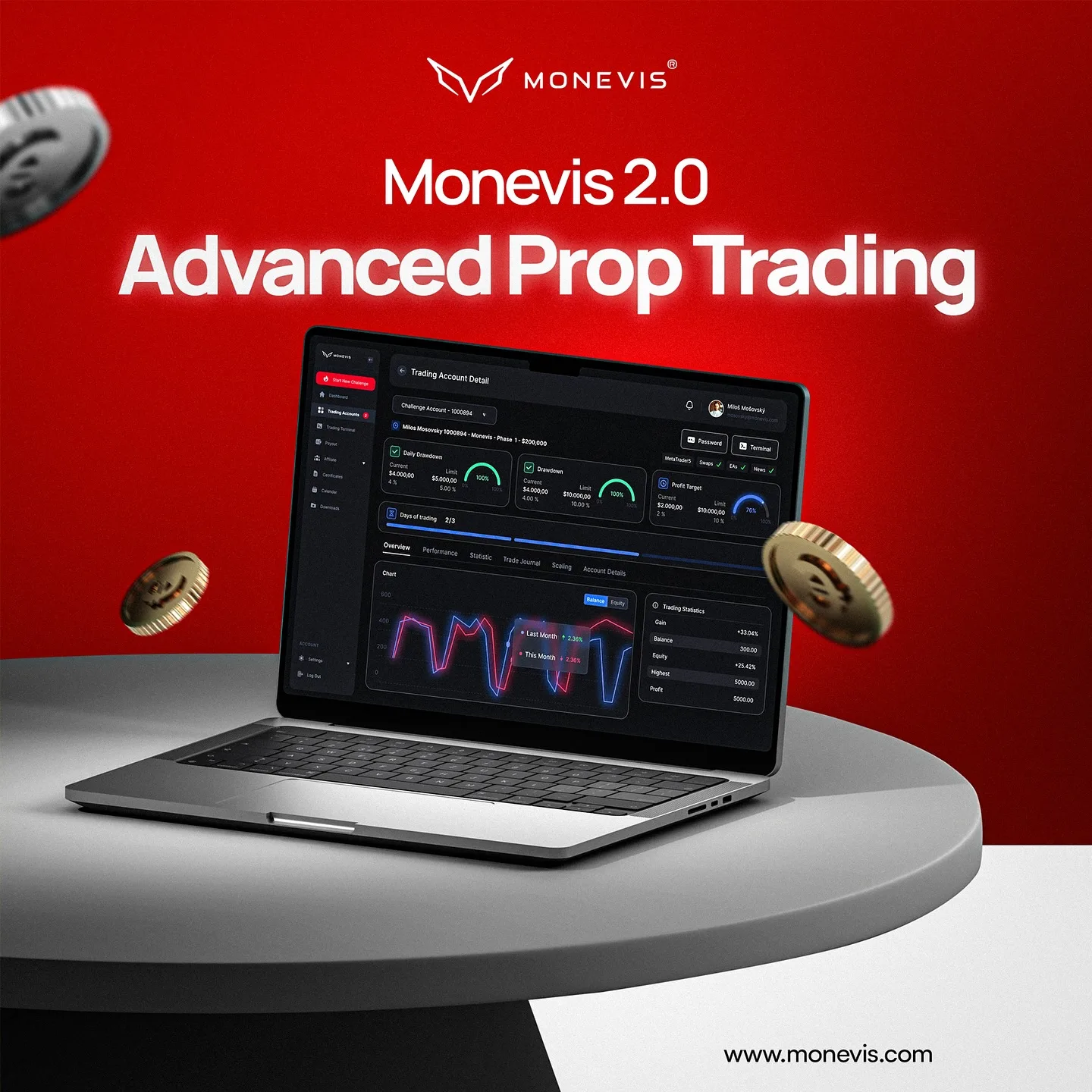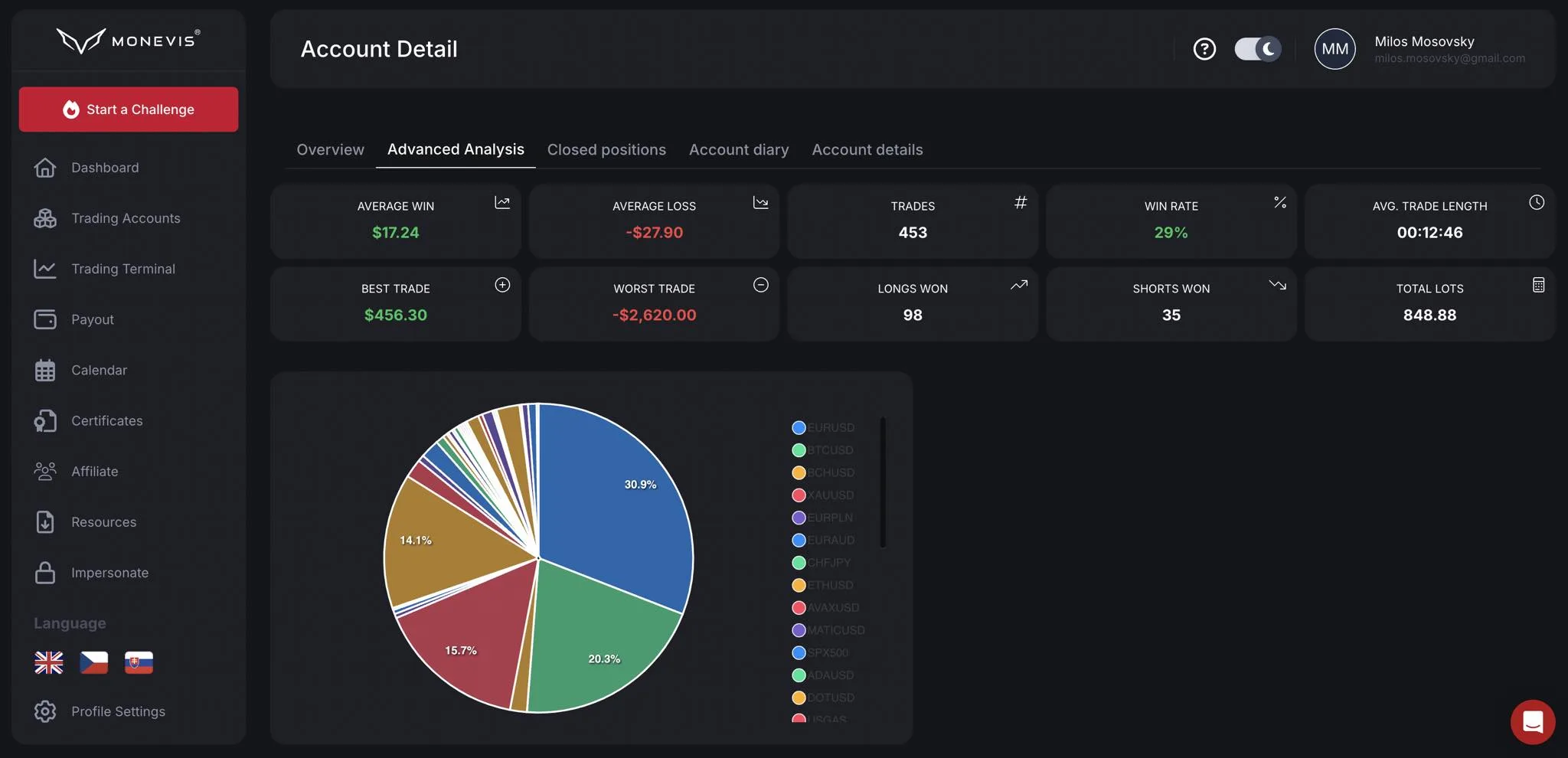HOT TIP : Libérez votre potentiel commercial avec Monevis®.

Algorithmic Trading: A Comprehensive Guide
Introduction to Algorithmic Trading
Algorithmic trading, also known as automated trading or black-box trading, is a method of executing orders using programmed, pre-set trading instructions to account for variables like time, price, and volume. This type of trading was developed to make trading more efficient and to minimize the cost of transactions by removing the human touch to the process.
Algorithmic trading can be used in any financial market and with any strategy, including long, short and stop-loss orders. The key benefit of algorithmic trading is the speed and accuracy with which trades can be executed, offering a level of consistency and efficiency that is difficult to achieve with manual trading.
The Basics of Algorithmic Trading
Algorithmic trading works by breaking down a large order into multiple small ones to reduce the impact of the order on the market. It utilizes complex formulas and high-speed, computer programs to generate trading strategies.
The algorithms are pre-programmed with a set of rules and criteria such as timing, price, quantity, or any mathematical model to make decisions. They can monitor a range of financial markets, making decisions based on market conditions, and execute trades based on these conditions.
Types of Algorithmic Trading
There are several types of algorithmic trading. Here are a few of the most common ones:
High-Frequency Trading (HFT): This type uses complex algorithms to analyze multiple markets and execute orders based on market conditions. HFT strategies include market making, event arbitrage, statistical arbitrage, and latency arbitrage.
Statistical Arbitrage: This algorithmic strategy depends on mean reversion principle. It assumes that the price of a listed security will revert to its mean over time and trades are placed to take advantage of this.
Algorithmic Scalping: This strategy aims to make a large number of trades in securities that have a small profit margin. It is widely used by day traders.
Benefits of Algorithmic Trading
Reduced Transaction Costs: Since trades are carried out automatically and instantly, the costs of transaction are significantly reduced.
Accuracy: The algorithms ensure that the orders are accurately carried out in the best possible way, eliminating the chances of human error.
Vitesse : Algorithms are able to scan and process numerous orders at a speed which is impossible for humans.
Risque réduit : By presetting the trading strategies, the risk associated with manual trading is greatly reduced.
The Role of Backtesting in Algorithmic Trading
Backtesting is a key component of effective trading-system development. It is the process of applying a trading strategy to historical data to verify how it would have performed during the specified time period.
A well-conducted backtest that yields positive results reassures traders and investors that the strategy is fundamentally sound and likely to yield positive returns in the future. However, one must keep in mind that past performance is not always indicative of future results.
Algorithmic Trading Platforms
Choosing the right platform for algorithmic trading is crucial. Some popular platforms include MetaTrader, NinjaTrader, TradeStation, and Interactive Brokers. These platforms provide interfaces for both backtesting and executing algorithms.
Conclusion
Algorithmic Trading has shown immense growth over the past few years and is expected to grow in the future. It provides a more systematic approach to active trading than methods based on a human trader’s intuition or instinct. However, one needs to understand that algorithmic trading is not a “set and forget” solution to make money. It requires constant monitoring, backtesting, and optimization to stay profitable in the long run.
In conclusion, algorithmic trading is a tool that can help traders execute orders rapidly and at the best possible price, while minimizing the role of human emotions in the trading process. As with any tool, it is only as good as the person using it. It is therefore crucial that traders understand the algorithms they are using, and can intervene whenever they perform in an unexpected manner.
HOT TIP : Libérez votre potentiel commercial avec Monevis®.
